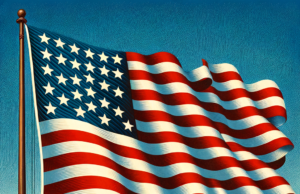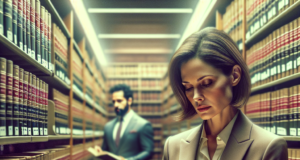The Case Profile of Jack Abramoff
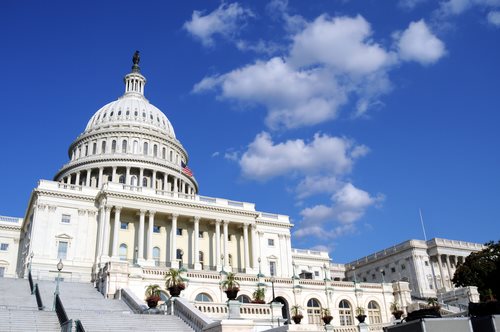 Who is Jack Abramoff?
Who is Jack Abramoff?
Jack Abramoff is an individual considered to be both an entrepreneur and lobbyist who undertook relations with a wide variety of Congressmen in the United States, such as Bob Ney, J. Steven Griles, and David Safavian; furthermore, Jack Abramoff retained his seat as the Chairman for the College Republican National Committee in the early 1980s. Jack Abramoff’s political ties are presumed to be responsible for his criminal activity, which involved a multitude of political-based corruption and fraud. Although Jack Abramoff was accused of a variety of fraudulent criminal activity, perhaps the most prominent was both his participation and masterminding of fraudulent conspiracy involving the misappropriation of over $85 million in illicit earnings with regard to Native American Gaming Institutions and Casinos:
Jack Abramoff, who acted as a lobbyist for the Native American Gaming Industry, participated in the receipt of illicit and unethical donations and bribes with regard to serving as a proponent for the inception of gaming facilities
Jack Abramoff also enacted a scheme in which millions of dollars were usurped from interest-based earnings rendered from the Native American Gaming Institutions for which he had purportedly served as a lobbyist
The Case Profile of Jack Abramoff
The following is a case profile of both the crimes of Jack Abramoff, as well as a legal classification of statutory legislation associated with the case:
Date of Birth: Jack Abramoff was born on February 28th, 1958
Date of the Crime: Jack Abramoff’s many crimes – including lobbyist scandals involving Native American Gaming Institutions and Guam – took place between the 1980s and 2002 upon his apprehension
Criminal Charges: Jack Abramoff was found guilty of the following Financial Fraud:
Conspiracy; the involvement and participation of two or more individuals with regard to the creation and arrangement of a plan to commit a crime; an individual charged with conspiracy does not necessarily need to be at the scene of the crime to be found guilty
Money Laundering; the deceptive presentation of a source of income in order to conceal its origin
Legal Classification: The domain of both Financial Law and Administrative Law:
Criminal Law; a legal specialty that focuses on both the prosecution and defense of criminal activity conducted in both public, private, and electronic sectors
Administrative Law; the legal field in which the interactions between the Federal Government and its citizens are regulated and subject to judicial review and oversight
Financial Law; a legal specialty that focuses on legislation applicable to the activity, exchange, and the circulation of monies or currency
Date of the Trial: March of 2006
Notable Details and Personal Information: The following personal details have been considered to be contributory to the behavior and criminal actions undertaken by Jack Abramoff; in addition, these case details were made mention within Jack Abramoff’s criminal trial:
In addition to Jack Abramoff, a variety of accomplices were indicted with regard to their participation
Jack Abramoff was convicted of Tax Fraud, which is a type of fraud conducted by Jack Abramoff in which illegal, unlawful, and fraudulent activity was undertaken in order to avoid the payment of taxes
Verdict Delivered: Jack Abramoff was found guilty on November 15th, 2006
Punishment and Conviction: Jack Abramoff was sentenced to 4 years in a minimum security prison camp in Cumberland Maryland; he was released from prison on December 10th, 2010



 The Background of Near v. Minnesota (1931)
The Background of Near v. Minnesota (1931)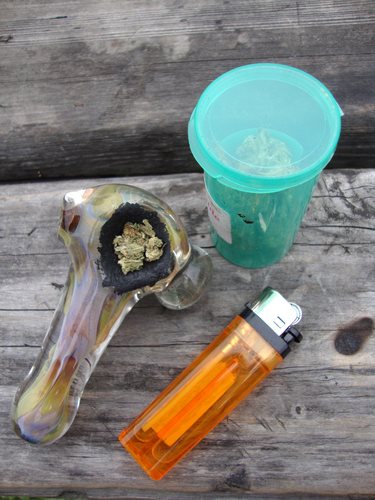 The Background of New Jersey v. TLO (1985)
The Background of New Jersey v. TLO (1985) The Background of Perry v. Schwarzenegger (2010)
The Background of Perry v. Schwarzenegger (2010) What is Picture Editing?
What is Picture Editing?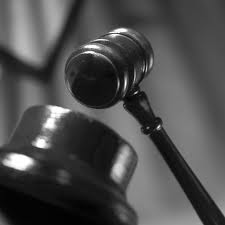
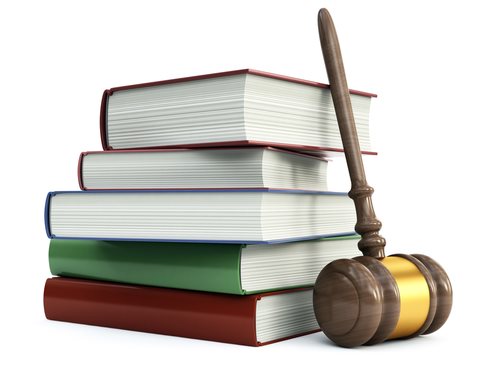 The Background of Lemon v. Kurtzman (1971)
The Background of Lemon v. Kurtzman (1971)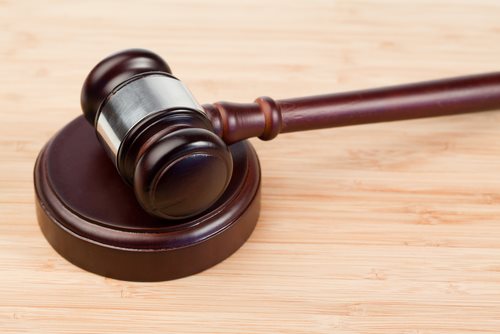 The Background of Lochner v. New York (1905)
The Background of Lochner v. New York (1905)






